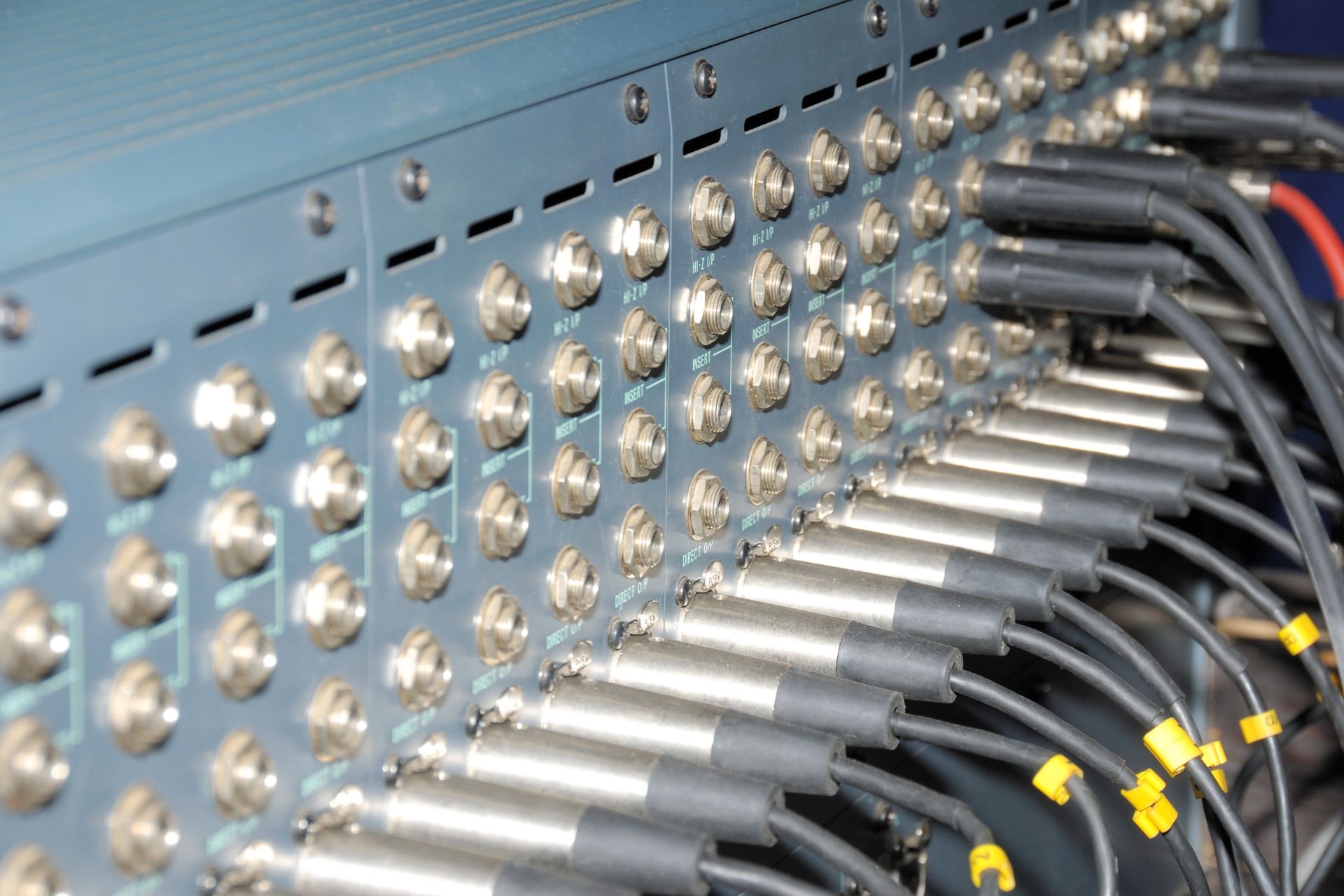Wiener Filter Design
How does the Wiener filter design account for both the signal and noise characteristics in a system?
The Wiener filter design takes into account both the signal and noise characteristics in a system by utilizing the statistical properties of the signal and noise components. By estimating the power spectral densities of the signal and noise, the Wiener filter is able to optimize its coefficients to minimize the mean square error between the desired signal and the filtered output. This allows the Wiener filter to effectively separate the signal from the noise in a given system.
Digital Signal Processing Techniques for Noise Reduction Used By Pro Audio and Video Engineers



